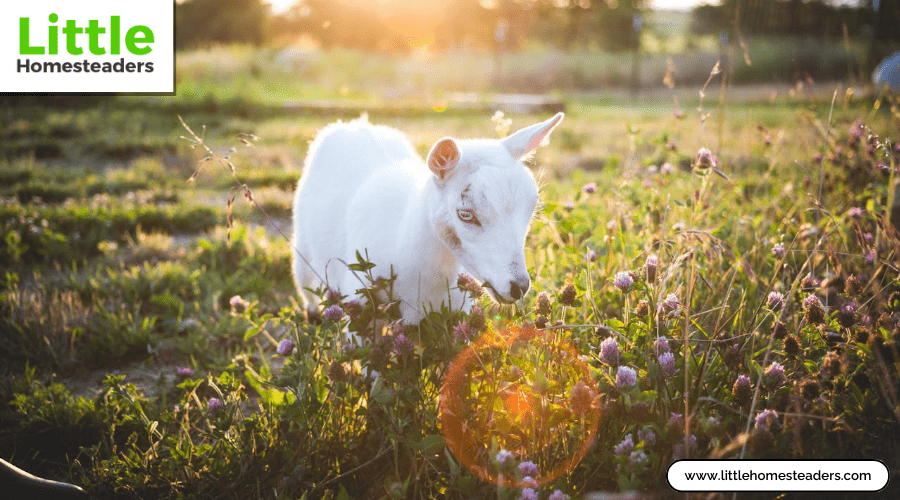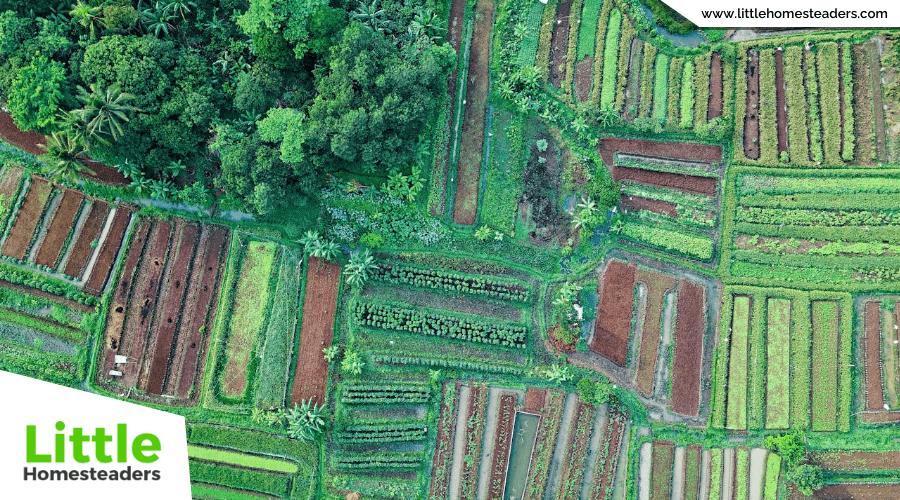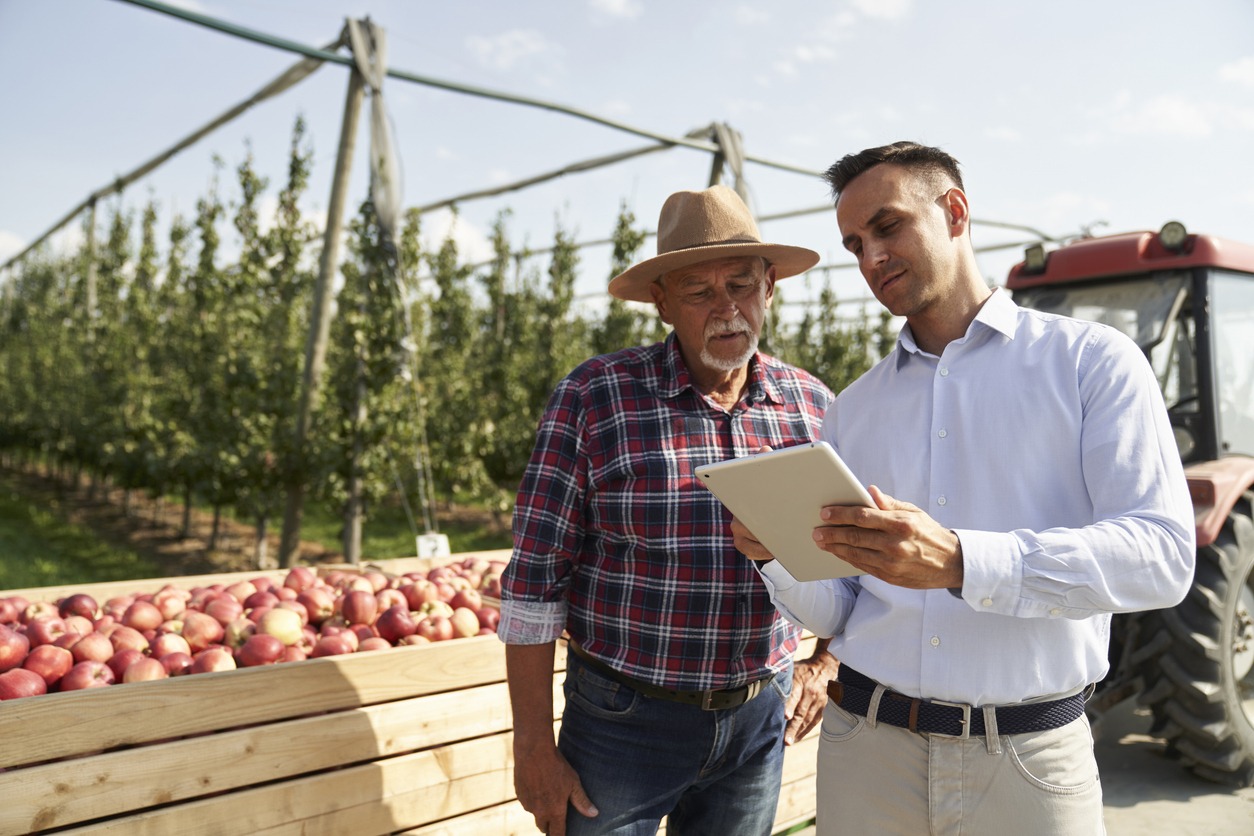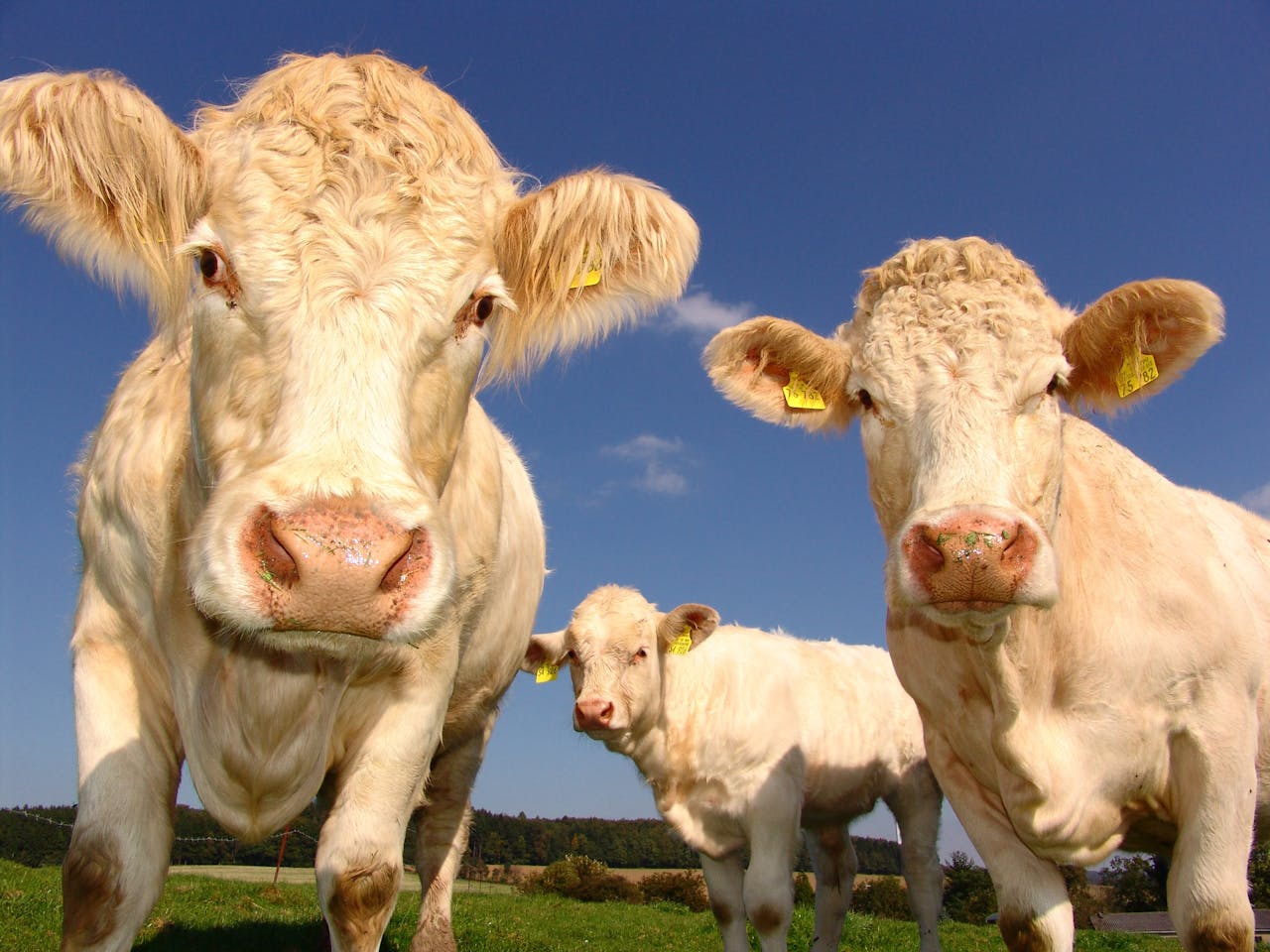Beekeeping Essentials: What You Need to Start Keeping Bees
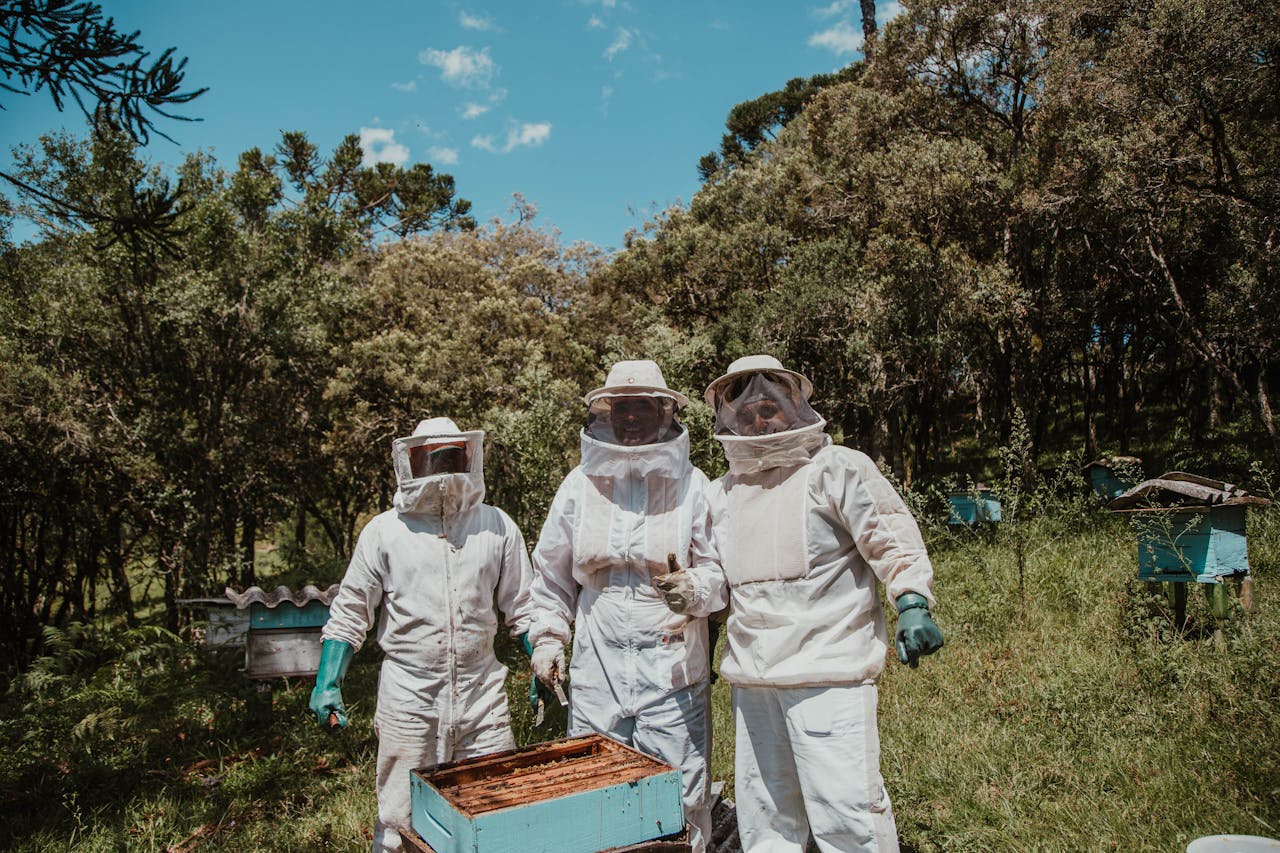
Beekeeping is an incredibly rewarding hobby that not only offers the joy of harvesting honey but also supports local ecosystems and contributes to global food security. Bees are essential pollinators for many flowering plants, including a vast number of crops. Starting a beehive brings a unique sense of connection to nature, and with the right tools and knowledge, anyone can get started. This guide will walk through the essentials of beekeeping, from understanding the tools and protective equipment to knowing the behaviors of honeybees and the steps for honey extraction.
Essential Beekeeping Equipment
To begin the beekeeping journey, having the right equipment is crucial. Each item in the beekeeper's toolkit serves a specific purpose that ensures the safety and success of both the beekeeper and the bees.
- Hive Tool: The hive tool is an essential multi-purpose implement, used to open hives, separate frames, detach combs, and scrape away propolis. This tool provides leverage for breaking the “glue” bees create using propolis, a resin they collect to seal small gaps in their hive.
- Smoker: Bees communicate through pheromones, especially when they feel threatened. A smoker is designed to mask these alarm pheromones, helping calm the bees. By creating a light, steady flow of cool smoke, a beekeeper can inspect the hive with fewer interruptions and reduce the chance of defensive behavior from the bees.
- Protective Clothing: Proper protective clothing is essential. A beekeeping jacket with a veil shields the face and head, the most vulnerable areas, from stings. Thick gloves also prevent stings on the hands, which helps beginners feel more secure and calm during hive inspections. Bee suits, veils, and gloves are highly recommended for new beekeepers until they are more accustomed to the bees’ behavior.
- Bee Brush: The bee brush is a gentle tool for moving bees off the comb without harming them. It is particularly useful when inspecting frames or when removing honey without disrupting the colony.
- Langstroth Hive: The Langstroth hive is a popular choice among beekeepers, especially for beginners. It consists of removable frames that allow for easy access and inspection. This hive structure is ideal for honey production and hive management, allowing beekeepers to check on brood development, food stores, and colony health with ease.
When shopping for beekeeping supplies, quality should always take priority over cost. Investing in durable equipment can make the beekeeping experience smoother and more enjoyable in the long run.
Understanding Honeybee Biology
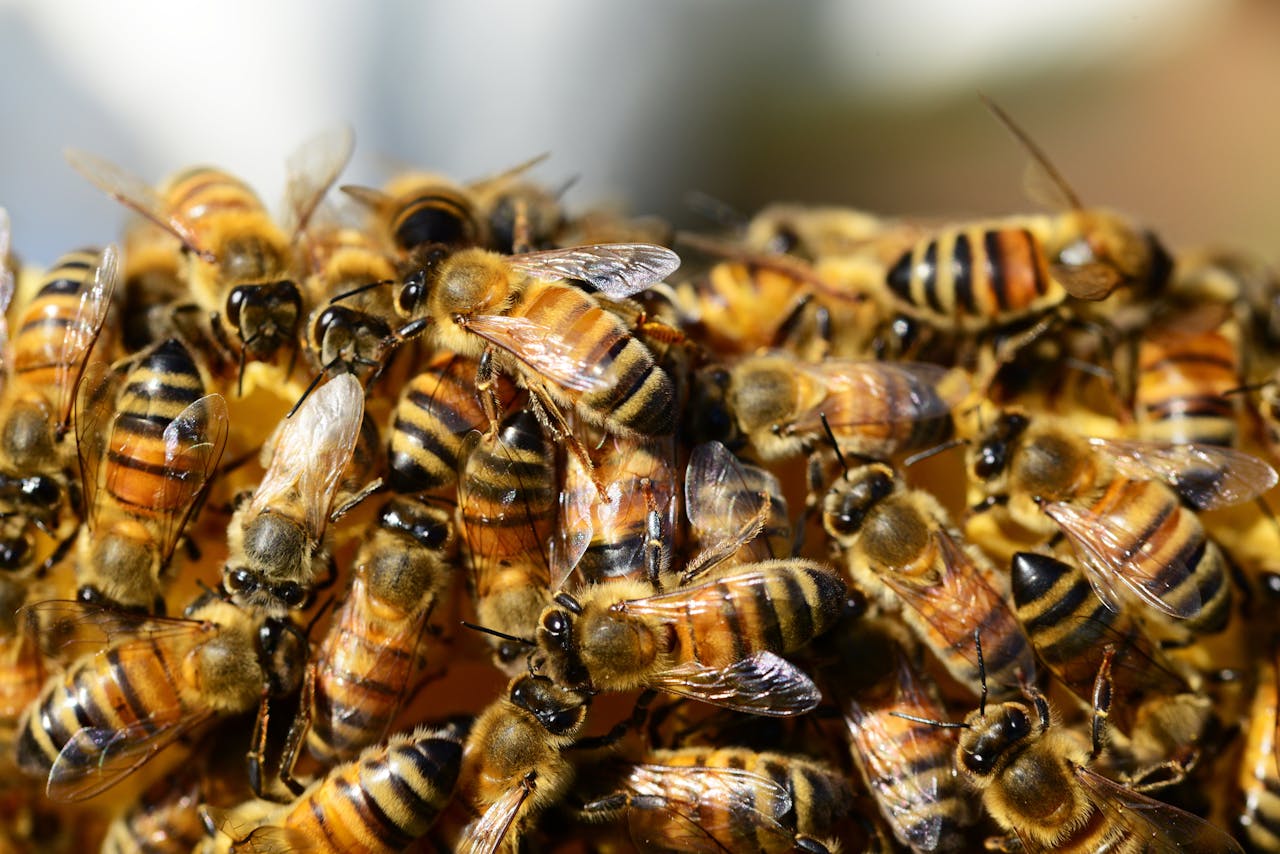
A successful beekeeping journey requires an understanding of honeybee biology and colony dynamics. Honeybee colonies are highly organized communities with a well-defined division of labor.
- Queen Bee: The queen is the central figure of the colony and the sole reproducer, capable of laying up to 2,000 eggs per day. Her primary role is to lay eggs and maintain colony cohesion through the release of pheromones that signal various behaviors.
- Worker Bees: Worker bees are female and perform all the essential tasks within the hive. Their responsibilities range from foraging for nectar and pollen to tending the brood (young bees) and building comb. Workers also produce honey and beeswax, ensuring the colony has food and shelter.
- Drones: Drones are the male bees, and their only function is to mate with queens from other hives. Unlike worker bees, drones do not have stingers and do not participate in any hive tasks.
One of the most fascinating behaviors of honeybees is the “waggle dance,” a unique form of communication used by foraging bees to inform their hive mates about the location of food sources. Understanding this behavior, along with other aspects of bee biology, helps beekeepers make informed decisions that benefit both the colony and their goals in beekeeping.
Honeybees are also invaluable pollinators, contributing to the production of over 75% of flowering plants and crops worldwide. By supporting a honeybee colony, a beekeeper is participating in the preservation of these critical pollinators.
Choosing the Right Hive Location
The placement of a hive plays a significant role in the health and productivity of the colony. A few key considerations will help ensure an optimal environment for the bees.
- Sunlight: Ideally, the hive should receive at least 6–8 hours of direct sunlight daily. Morning sunlight is especially beneficial as it helps bees start foraging early in the day.
- Wind Protection: A location sheltered from strong winds will protect the hive from weather-related stress. Hedges or fences can serve as effective windbreaks if natural shelter is unavailable.
- Distance from High-Traffic Areas: To minimize interactions with humans and animals, place the hive at least 30 feet away from frequently used spaces, such as gardens, play areas, and property boundaries.
- Ground Conditions: Choose level, well-drained ground to prevent water from pooling around the hive, which can attract pests and create an unhealthy environment.
- Hive Entrance Orientation: Positioning the hive entrance toward the east or southeast allows bees to catch the morning sun, helping them start their activities earlier in the day.
Other location considerations include avoiding areas with loud noises, bright lights, and heavy foot or vehicle traffic. With a good setup, both the bees and the beekeeper can enjoy a productive, peaceful relationship.
Protective Gear for Safe Beekeeping
Protective gear is a must for beginners to avoid getting stung and to stay calm during hive inspections. A jacket with a veil provides a secure barrier for the face and head, which are more sensitive to stings. Gloves help protect the hands and, for beginners, serve as an additional layer of confidence, reducing fear responses that bees might detect.
Calmness is key. Bees can sense carbon dioxide in a person’s breath, which can trigger defensive behavior if perceived as a threat. When inspecting a hive or feeding bees, slow, steady movements and calm breathing are essential to keeping bees relaxed.
Although experienced beekeepers may gradually use less gear, beginners should always wear protective clothing until they gain confidence and familiarity with their hive.
Managing Pests and Diseases
Keeping a colony healthy requires vigilance against common pests and diseases. Bees face threats from a range of pests and diseases, with varroa mites, small hive beetles, and wax moths being among the most common.
- Varroa Mites: These mites are particularly harmful, feeding on adult bees and larvae, and weakening the colony. Regular monitoring and treatment are necessary to manage these mites.
- Small Hive Beetles: Small hive beetles lay eggs in the hive, and their larvae can quickly damage the comb, pollen stores, and honey.
- Wax Moths: While less harmful than mites, wax moths can damage comb and stored honey if a colony is already weak.
To protect hives, an Integrated Pest Management (IPM) approach is recommended, involving preventive practices like maintaining strong colonies and using hygienic frames. Regular inspections allow early detection of pests or diseases, enabling timely intervention. In addition to physical threats, bacterial infections such as American and European foulbrood can also threaten bee colonies, making swift diagnosis and treatment essential.
Harvesting and Processing Honey
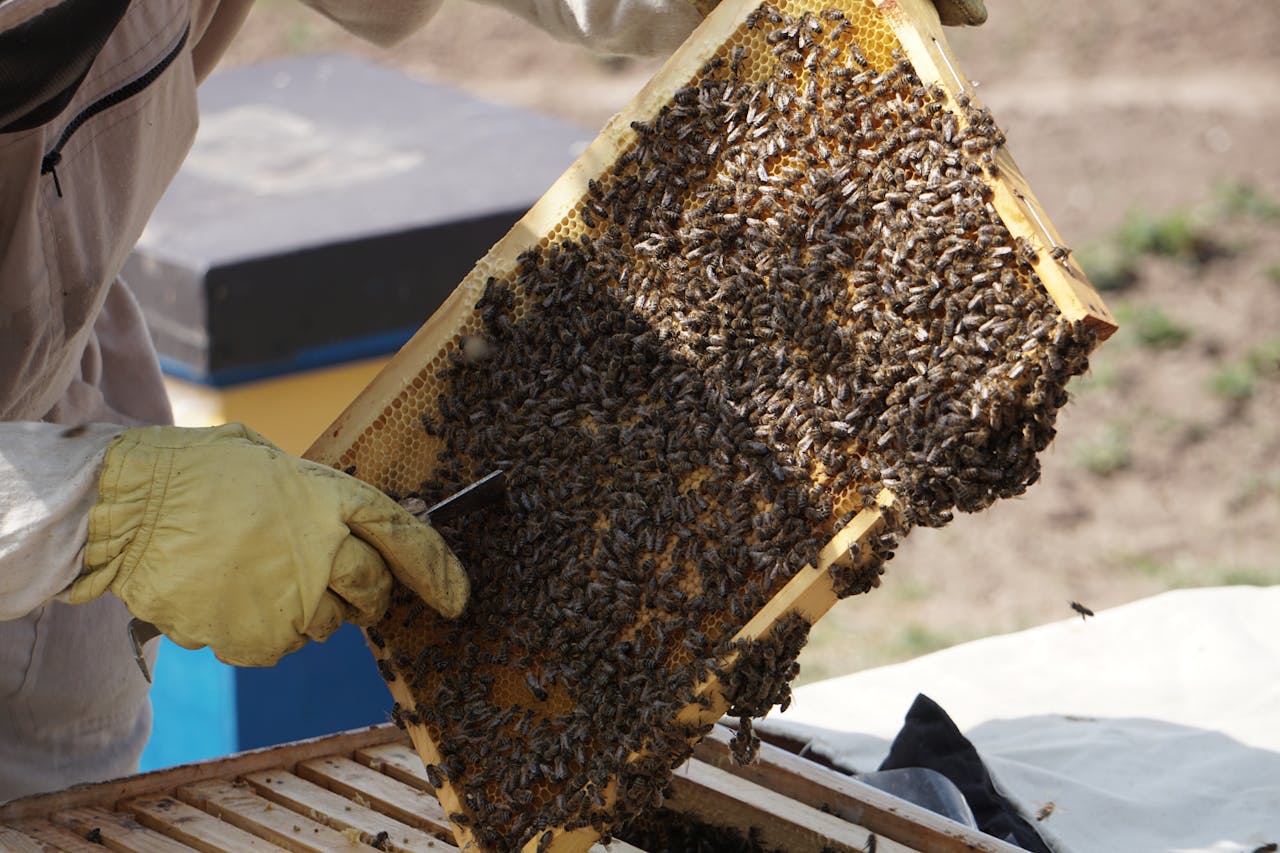
One of the highlights of beekeeping is harvesting honey, typically done once or twice a year, often in late summer or early fall. The process requires patience and careful handling to preserve the integrity of the comb and minimize disruption to the hive.
- Uncapping Honeycomb Cells: Begin by removing the wax seals from the honeycomb cells on each frame. Uncapping tools, like an uncapping fork, help gently lift the wax off the cells, exposing the honey.
- Extracting Honey: Use a honey extractor, a centrifuge that spins the frames to separate the honey from the comb. Extractors can be hand-cranked or electric, but both allow the honey to flow without damaging the comb, which the bees can reuse.
- Straining and Bottling Honey: Once extracted, strain the honey through a fine sieve to remove any small wax particles or debris. Bottling the honey in clean, airtight containers ensures freshness and quality for storage or sale.
Beekeepers can also harvest beeswax, a valuable byproduct that can be used to make candles, cosmetics, or other products. Collecting beeswax from uncapped comb provides a satisfying use for every aspect of the hive’s productivity.
Long-Term Beekeeping Tips
As beekeepers gain experience, they may wish to explore advanced techniques, from alternative hive management practices to organic pest control and expanding to multiple hives. The journey of beekeeping offers ongoing learning opportunities, with every season bringing new insights into bee behavior, hive health, and honey production.
Many beekeepers find joining local or online communities beneficial for support and advice. Connecting with other beekeepers can provide valuable insights, especially when dealing with local climate or pest-related challenges.
Conclusion
Beekeeping is both a hobby and a responsibility. As much as it offers the rewards of fresh honey and beeswax, it requires a commitment to caring for the hive and protecting bee health. By following best practices, maintaining a healthy hive, and connecting with the beekeeping community, new beekeepers can enjoy the joys of beekeeping while contributing to pollinator conservation.
Each step along the way, from gathering equipment to harvesting honey, brings new skills and a greater appreciation for these fascinating insects. With patience, care, and a commitment to learning, beekeeping can become a deeply fulfilling pursuit.

